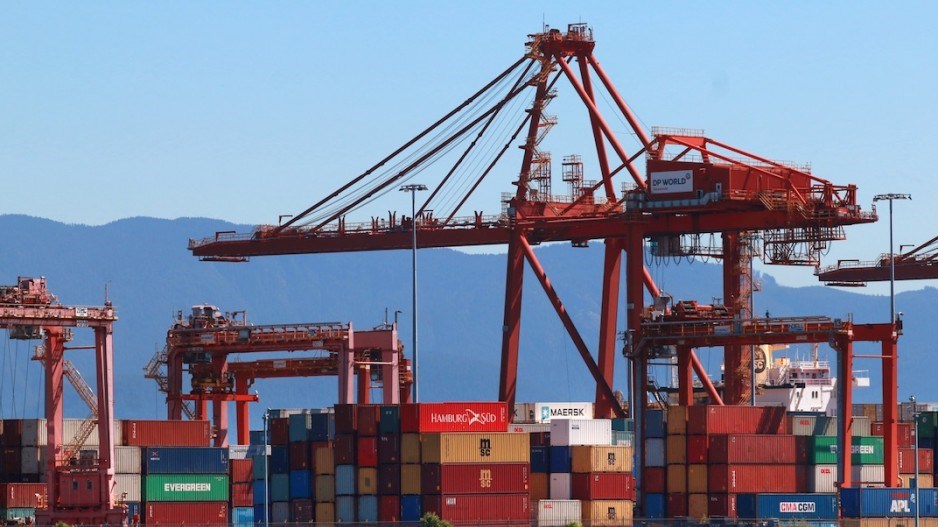What happened: Alternating rounds of export tariff increases between the U.S. and China are poised to hike prices for consumers while potentially cutting into corporate profits, thereby slowing the global economy.
Why this matters: B.C. exporters would likely be pummelled if the global economy slows.
So far, the U.S. has increased tariffs to 25% on US$200 million worth of Chinese imports, while U.S. president Donald Trump has threatened a further 25% tariff on US$325 billion worth of imports from China.
China, in turn, plans on June 1 to put various tariffs, up to 25%, on US$60 billion worth of imports from the U.S.
Worst-case scenarios for the trade war’s escalation were hinted at earlier this week when U.S. Treasury Secretary Steve Mnuchin was asked if China would continue to buy U.S. debt.
“I assume so,” he said as he walked past reporters. “It’s a great investment.”
The spectre looms, however, that China could play the debt card if its stare-down with U.S. president Donald Trump turns ugly.
If China were to stop buying U.S. treasuries, or sell them, interest rates could spike on both sides of the Canada-U.S. border, and that would hit Vancouver’s declining real estate market, perhaps causing a steeper correction, said Central 1 Credit Union senior economist Bryan Yu.
Yu stressed, however, that he does not believe that China would unload U.S. treasuries because they are one of the world’s most secure and “risk-free” investments.
Yu instead sees tariffs as the weapon of choice for both sides in the trade war. B.C. exporters, he said, bear the biggest risk from that war.
The falling dominoes would start with companies in China and the U.S. having to pass costs on to customers, who would then have to spend more to buy items and therefore have less disposable cash. That would prompt less spending, and a vicious cycle in which consumers buy fewer goods so fewer goods need to be produced. That could cause layoffs, which could further dampen consumer spending.
“For producers, it is a question of whether they can pass on those costs to consumers,” Yu said.
If companies absorb higher input costs, their corporate earnings would drop along with shareholders’ profits and company share prices.
Yu pointed to B.C. government statistics showing that, in 2018, 49% of B.C.’s exports were to the U.S. while 14.5% went to mainland China – the second largest export destination.
“Think about areas such as mining, and some other areas – natural resources,” Yu said. “Any [global economic] slowdown would typically impact those types of industries.”
About 25.2% of B.C. exports to the U.S. in 2018 were wood products, 18.3% were energy products and 15% were machinery and equipment.
Many forecasters have trimmed global economic outlooks. London’s Oxford Economics, for example, said that if both sides follow through on announced tariff increases, China’s gross domestic product growth, pinned at 6.6% in 2018, would be shaved by 0.8 percentage points. It forecast the U.S.A.’s GDP growth, now at an annualized 3.2%, to decline by 0.3 percentage points.
“Higher U.S. tariffs on Chinese goods may cause Chinese companies to dump them into third-country markets, including Canada,” said Business Council of British Columbia executive vice-president Jock Finlayson.
“This would hurt Canadian firms that produce similar goods.”
He said that there is one potential upside for Canada.
“If China ends up buying fewer goods and services from U.S. suppliers, such as the agri-food sector, but also in industries like energy and tourism, it is possible that Canadian companies could benefit by replacing the U.S. as a supplier of Chinese imports. However, the fact that Canada is embroiled in its own serious disputes with China makes this scenario less likely.”




